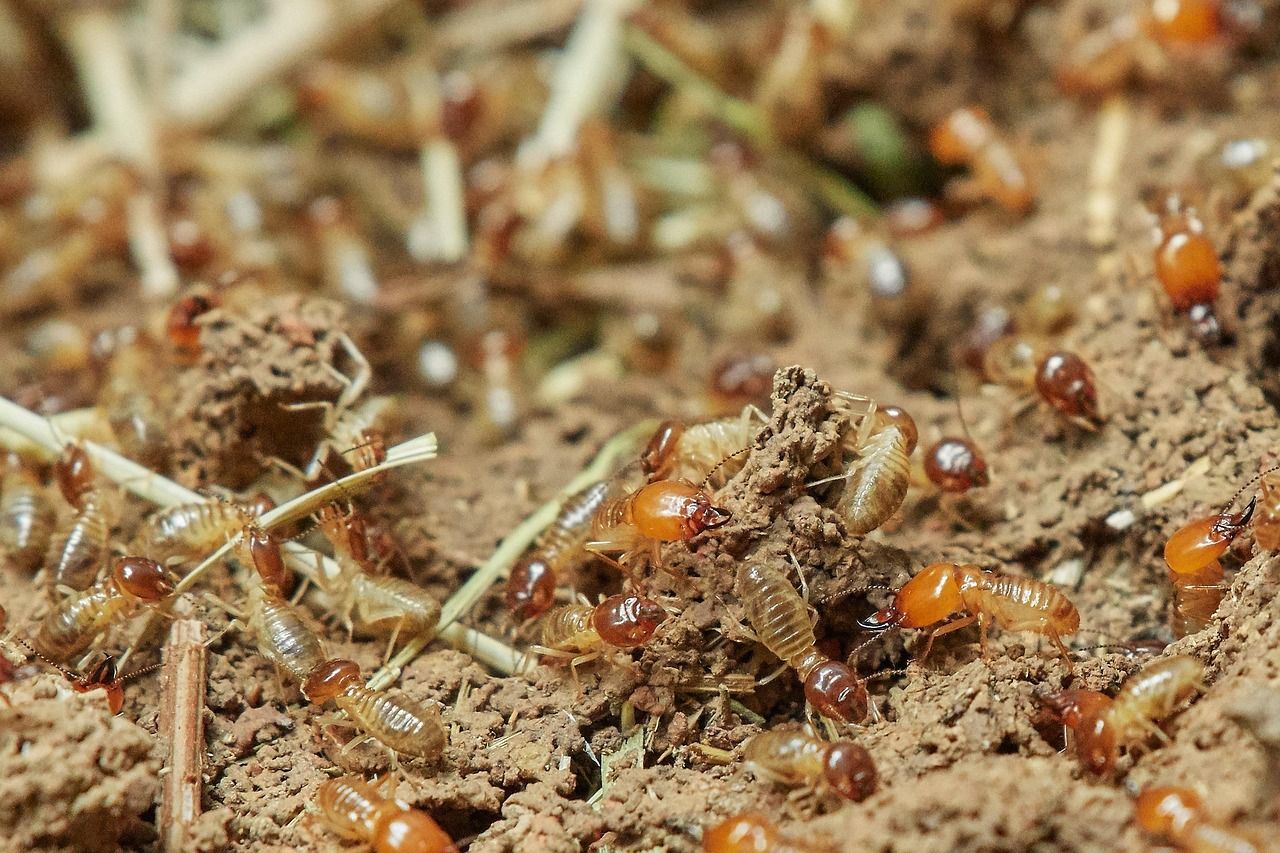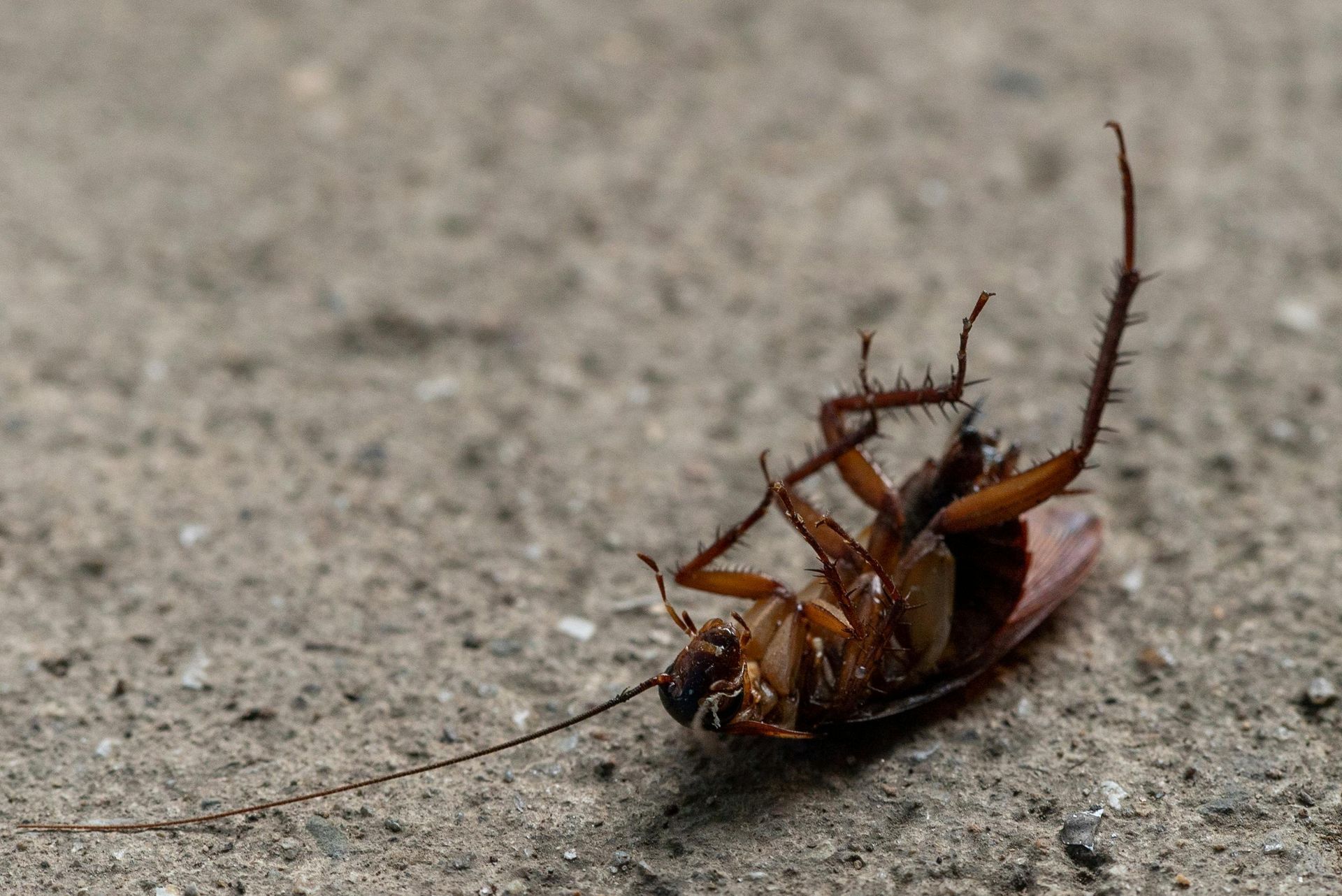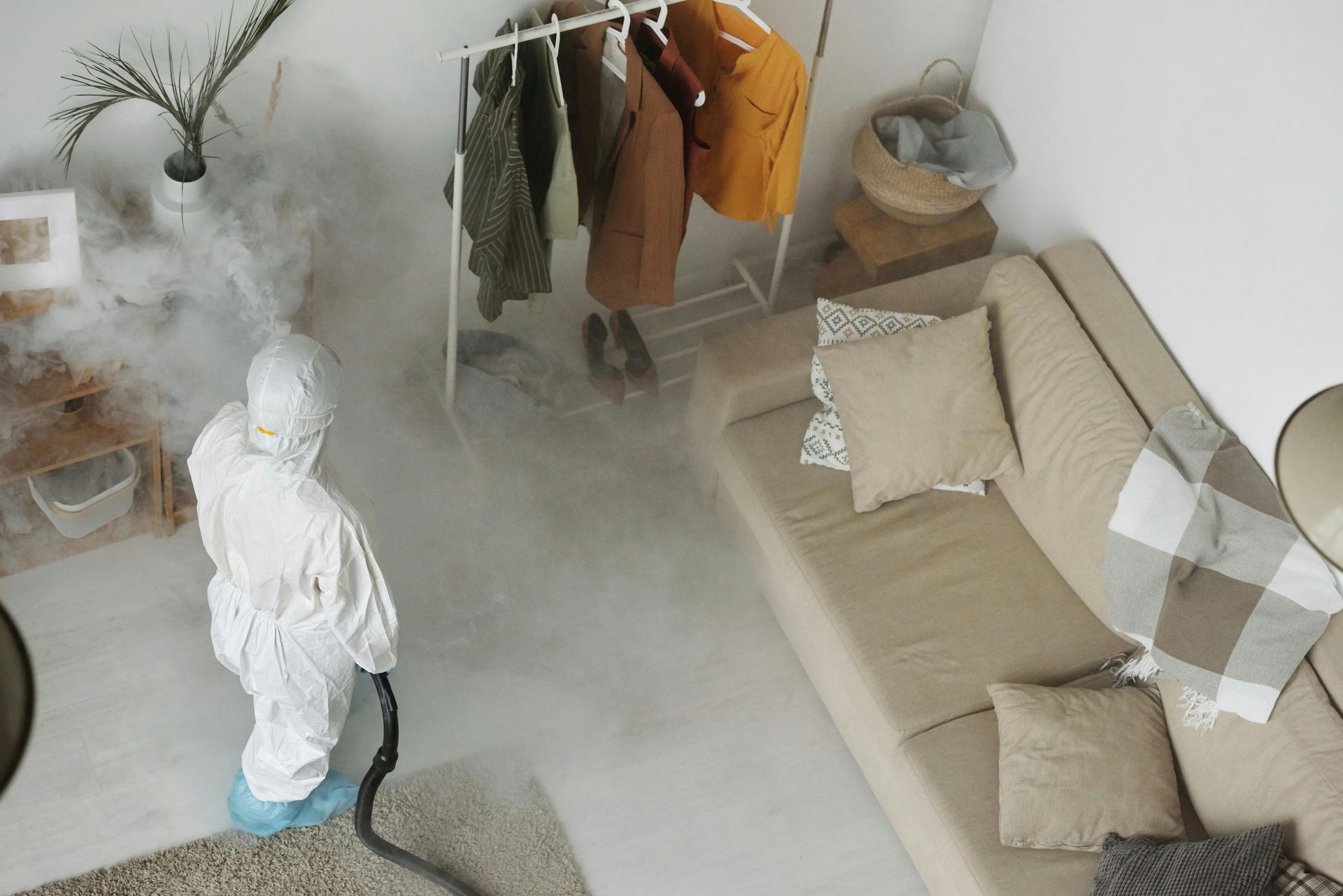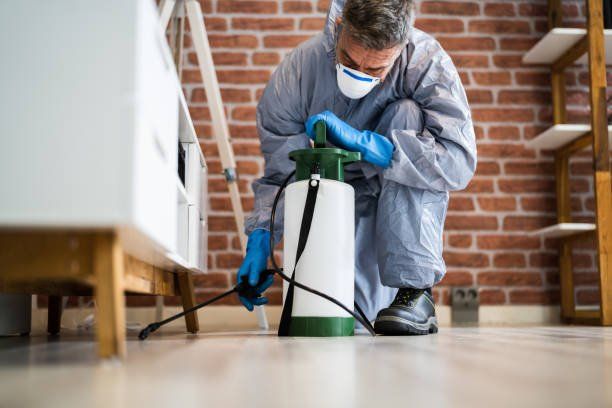A Comprehensive Guide to Termite Pest Control: Protect Your Property
When it comes to homeownership, you can’t always see trouble coming—especially when it comes to termites. These tiny terrors can eat you out of house and home—literally. If you’ve ever thought bugs couldn’t bring a house down, termites are here to prove you wrong. That’s why termite pest control isn’t just a good idea—it’s essential.
In this comprehensive guide, we’ll break down everything you need to know about
pest and termite control, signs of termite infestation, treatment options, prevention tips, and more. We’ll even cover some other unwelcome guests, because let’s face it—bugs don’t RSVP.
Understanding Termites: The Tiny Homewreckers
Termites might be small, but their appetites are enormous. They quietly chew through wood, flooring, wallpaper, and even insulation. They can cause thousands of dollars in damage before you even know they’re there.
There are three common types of termites you should know about:
- Subterranean Termites: Live underground and are the most destructive.
- Drywood Termites: Live inside the wood they feast on.
- Dampwood Termites: Prefer moist, decaying wood (often a sign of water damage).
Why Are Termites So Dangerous?
- Silent Workers: Termites can live in your home for years undetected.
- Structural Damage: They compromise the strength of your home, weakening beams, joists, and foundations.
- Costly Repairs: Homeowners spend
billions annually on termite damage and control.
Ignoring termite pest control is like ignoring a leaky pipe—it might seem fine now, but the damage builds up when you’re not looking.
Signs You Need Termite Pest Control (AKA Clues from the Bug Underworld)
How do you know if you have a termite problem? Unlike loud, buzzing mosquitoes, termites don’t make a grand entrance. Here are warning signs to watch for:
- Mud Tubes: Termites build these pencil-thin tunnels along walls and foundations to travel safely.
- Discarded Wings: Swarmers (reproductive termites) leave their wings behind after finding a new home—hopefully not yours.
- Hollow Wood: Knock on wood. If it sounds hollow, termites might be dining inside.
- Frass: A polite term for termite droppings. They look like tiny wood-colored pellets.
- Bubbling Paint: Often mistaken for water damage, but termites might be tunneling just beneath.
When you notice any of these, it’s not time to panic—it’s time to call for
bug termite and pest control.
Effective Termite Treatment Options: Choosing Your Battle Plan
There’s no one-size-fits-all approach to termite pest control. Different infestations call for different treatments. Here are the most common options:
1. Liquid Termiticides
- What They Do: Create a chemical barrier around your home to prevent termite entry.
- Pros: Long-lasting, quick protection.
- Cons: Requires trenching around your home.
2. Termite Baits
- What They Do: Attract termites to poisoned bait, which they carry back to the colony.
- Pros: Targets the colony directly.
- Cons: Can take several months to fully eliminate the problem.
3. Direct Wood Treatments
- What They Do: Treats affected wood directly with chemicals.
- Pros: Great for spot treatments.
- Cons: Not effective for large infestations.
4. Fumigation
- What It Does: Gas penetrates all areas of the home to eradicate termites.
- Pros: Highly effective.
- Cons: Requires you to vacate your home for a few days.
Choosing the right termite and pest control method depends on the extent of the infestation, your budget, and how quickly you want those freeloaders gone.
Preventing Termites: Build a Fortress Before They Move In
The best termite problem is the one that never starts. Prevention is your home’s best armor.
Termite Prevention Tips:
- Fix Leaks Promptly: Termites love moisture. Repair leaky pipes, faucets, and roofs ASAP.
- Eliminate Wood-to-Soil Contact: Keep firewood, lumber, and mulch away from your home’s foundation.
- Seal Cracks and Holes: Even the smallest openings can invite termites inside.
- Proper Ventilation: Make sure crawl spaces and attics stay dry and well-ventilated.
- Schedule Regular Inspections: Early detection is key. Partner with a reliable
bug termite and pest control team for yearly checks.
You wouldn’t leave your front door open for burglars—so don’t leave your home vulnerable to termites.
Other Pests We Handle: Because Termites Rarely Travel Alone
While termites are the main attraction (or rather, the main headache), we also tackle other pest problems that love to crash at your place without paying rent.
Our Pest Control Services Include:
- Spiders: Whether it’s creepy crawlers in the corners or web-builders over your bed, we’ve got it handled.
- Ants: Marching one by one straight to your pantry? We can stop their parade.
- Rodents: Mice and rats don’t just nibble—they can spread diseases. No thanks!
- And More: Whatever's bugging you, we’ll take care of it with our comprehensive pest and termite control services.
Your home should be a haven, not a hotel for pests.
Why Choose Eyring Pest for Termite Pest Control in West Jordan, Utah?
At Eyring Pest, we’re not just bug bouncers—we’re pest problem solvers. We know the stress that comes with a termite infestation, and our mission is to protect your home like it’s our own.
Here’s why homeowners in West Jordan, Utah, and the surrounding areas trust us:
- Fast, friendly, and thorough service.
- Local experts who understand the pests common to Utah homes.
- Affordable, customized solutions for bug termite and pest control.
Ready to Reclaim Your Home? Let’s Talk Termite Pest Control in West Jordan, UT
Call Eyring Pest: Kick Termites to the Curb Today!
When you’ve got termites, every day counts. The longer you wait, the more they chew—and they’re not known for portion control. Whether you’ve seen suspicious mud tubes, hollow-sounding walls, or just want peace of mind, the team at Eyring Pest is here to help.
Give us a call at
385-290-9782 to schedule
professional termite pest control
in West Jordan, Utah, and the surrounding areas. We don’t just evict termites—we send spiders, ants, rodents, and other pests packing too. Don’t wait until your walls start whispering—reach out today and let’s protect your property together.
FAQs
How do I know if I have termites or just ants?
Termites and ants can look similar, but termites have straight antennae, uniform waists, and wings of equal size. Ants have elbowed antennae, pinched waists, and uneven wings.
How long does termite treatment last?
Liquid treatments can last up to five years, while baiting systems require annual monitoring. Regular inspections help keep your home protected long-term.
Are termite treatments safe for pets and children?
Yes, when applied by professionals like Eyring Pest, termite treatments are safe. We use pet- and family-friendly methods while ensuring termite elimination.
Can I get rid of termites myself?
DIY termite solutions might seem tempting, but they often miss the colony. Professional pest and termite control ensures the root of the problem is fully treated.
How often should I schedule a termite inspection?
We recommend annual termite inspections to catch problems early. In termite-prone areas, twice a year may offer added peace of mind.




